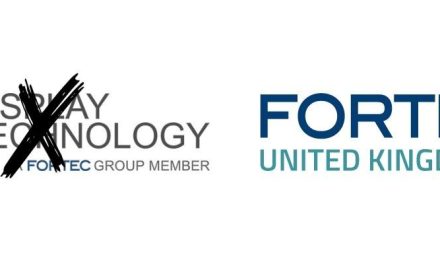 Steve Gallon of Fibox discusses the multitude of issues that OEMs have to take into consideration when designing electrical and electronic systems
Steve Gallon of Fibox discusses the multitude of issues that OEMs have to take into consideration when designing electrical and electronic systems
These days the term ‘harsh environment’ encompasses more than those encountered in traditional manufacturing and construction. For example, the destructive forces involved in extremes of weather as well as man-made destructive forces must now be considered too. Therefore, there is an art to correctly specifying an enclosure to house and protect a specific device or control system.
At first glance the selection of an enclosure is a relatively simple process, determined by its size and where it is intended to be installed – which in turn normally dictates the construction material, its IP rating, its availability, its flexibility in terms of customisation, cost constraints and finally its aesthetic value.
However, there are many individuals involved and each will have a different specification priority. It could be the marketing requirement for aesthetics or the R&D/design engineers need to download CAD drawings from a manufacturer’s website. When pulled together, all these differing facets will make the final decision to purchase a particular enclosure much more failsafe.
Key criteria
By answering serveral key questions, the choice of enclosure can be narrowed down considerably. Where is the enclosure likely to be installed – inside or outside? This determines the material choice, the IP rating and any specific corrosion risks which need to be addressed at the design stage.
What is being installed in the enclosure? This solves the size issue and also answers the question of what type of internal fixing points are required? Some manufacturers can offer extra fixing pods to accommodate cover mounted components etc.
How often is access to the interior required? Should the design include hinged opening doors for regular access? Alternatively should the design include security such as locks or tamper-proof cover screws to guarantee total integrity of the enclosure?
Does the enclosure require visual access to the internal components? By answering this question the option of transparent or opaque covers is addressed. This could include the provision of viewing windows in an opaque cover for example.
Does the enclosure need to be delivered already customised? This is a very important question often asked by specifiers who do not have in-house machining facilities. Some manufacturer’s offer a comprehensive customising service and this should always be discussed with them at the design stage.
What is the budget price? This question has to be addressed at some point so why not cover it at the early stage of the project. Manufacturers can then offer alternatives and compromises to assist the specifier in achieving their cost criteria.
Today’s working environment
Safety guidelines are being continuously updated and as such, new technologies will need to be produced. All this means that, from the enclosure industry’s point of view, all those new devices will need more advanced enclosures and enclosure systems to house and protect them.
Fibox produce a range of plastic, polyester and ABS cabinets to cover a variety of enclosure applications, including those which house electronics that must operate outside the usual parameters of typical industrial environments.
The more hostile an environment becomes however, the greater the need for a more specialised approach to protecting sensitive systems. Fibox’s products can be customised to meet specific customer needs, including drilling, tapping, punching, milling, RFI/EMC shielding, painting, powder coating to any special colour, screen printing, engraving and component assembly, and with the range of electrical and electronic devices and components diversifying all the time, that need will only increase.
Forward thinking manufacturers are taking the opportunity to invest in the development of new technology platforms that will transform their served markets with innovations that will shape the designs of products of the future – and with all this new technology and new products, it makes sense that new job opportunities must follow.


